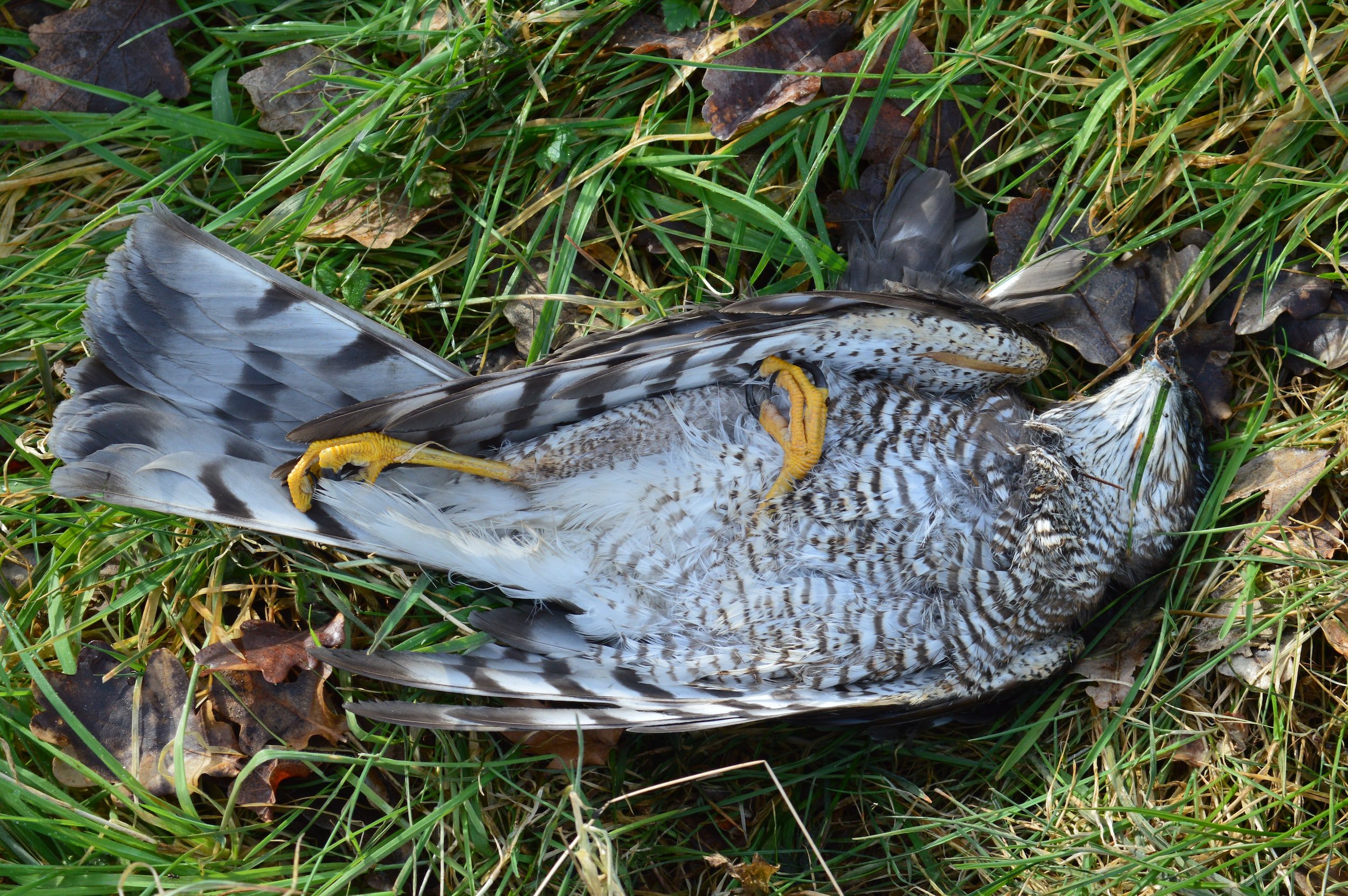
The Audubon Society, dedicated to the protection of birds and their habitats throughout the Americas, is circulating a petition to mandate bird friendly materials in federal buildings. The American Bird Conservancy identified window collisions as the top “anthropogenic threat to birds.” In the blurb that briefly describes the petition’s purpose, the Audubon Society notes that “building collisions kill 300 million to a billion birds each year.”
Back in 2019, known environmentalist and member of the Seatuck Environmental Association, John Turner, hosted a lecture that discussed this same issue. Window collisions pose a varying threat to birds depending on each unique species. It was important for locals to the South Shore and Fire Island areas to be aware of the issue since, according to the lecture, “the most vulnerable species are those that migrate through New York, including the Canada Warbler, Wood Thrush, and American Woodcock.”
Those small birds don’t pose any threat to humans or our way of life, which is why many environmentalists feel the urge to do more to keep our actions from claiming the lives of so many of them.
So, what exactly is the problem with our windows? Turner’s lecture explained that the top concerns are reflectivity and transparency, both features that prevent birds from detecting the glass panes. Reflective windows mirror the surrounding landscape during the day, disguising a building, much like fun house mirrors make it seem as if the room stretches on for an eternity. Transparent windows are simply undetectable. At night birds are drawn to the bright lights shining through windows but are still unable to identify them as an obstacle to their flight path.
It’s a common myth that skyscrapers and other tall buildings are the true culprits for bird deaths by collision. But Turner revealed that “less than 1 percent of bird mortality is caused by high-rise buildings.” Truthfully, it’s the smaller buildings and residences that are the culprit. “Residences one to three stories tall account for 44 percent of deaths” as of 2014. Coupling that with the fact that “Fire Island is an important part of the Atlantic Flyway” reveals why awareness of this issue is important for those residing across the bay. The larger beach houses that have walls of windows are especially dangerous to birds.
Of course, that’s not to say that windows are bad or that we shouldn’t have a way to enjoy a beautiful view from inside our homes. It’s the materials being used that are causing the problem and fortunately bird-friendly materials exist. Some of the most known are frosted or fritted glass, acid etched AviProtek® glass and UV glass.
After reaching out to local businesses in the field of construction and home remodeling it became clear that these materials are available and the environmental benefits known, but that the increased cost remains a concern. One source shared that the price between more commonly used windows and the bird-friendly materials could increase project costs by 30 percent.
However, Turner noted that “incorporating bird-friendly designs can reduce collision deaths by up to 90 percent.” While this new petition is focusing on federal buildings, that’s not to say that homeowners can’t also make more conscious construction decisions as well. If it’s a financial possibility, these materials offer real benefits, and not just environmentally. Architectural Digest did a piece on fritted glass back in 2016 that showcased how the material can make buildings that are eye-catching, rather than boring (and the fact that the buildings are safer for birds is a plus).
But why are we still talking about this issue all these years later? No action or legislation has come into effect to make real changes required.
Turner was hosting this lecture in 2019 to accompany a similar petition circulating at the time. That act was described to “review the impact of bird collisions and resulting mortalities, develop guidelines for identifying buildings that pose the greatest threat for collisions, identify products and technologies that can help reduce or eliminate bird collisions, identify funding for retrofitting problematic structures, and develop a set of standards governing bird-friendly building design.”
That bill passed through both the state Senate and Assembly but was vetoed by former governor Andrew Cuomo on November 20, 2019.
In the almost three years since then, we can hope that the Audubon Society and similar environmental groups have furthered the education of the window collision issue enough to encourage individuals to make the change themselves, without a legal mandate. However, it seems likely that this petition and bill will make its way through the initial legislative bodies as it did last time. And perhaps the bill will survive the veto-phase in the hands of Governor Kathy Hochul.
The Bird-Safe Buildings Act petition can be found on the Audubon Society website under the Action Center tab: https://www.audubon.org/takeaction.































